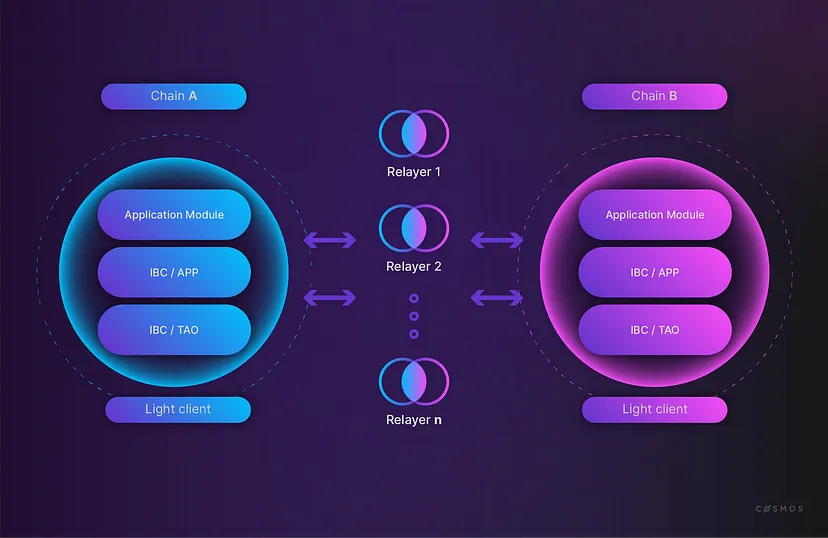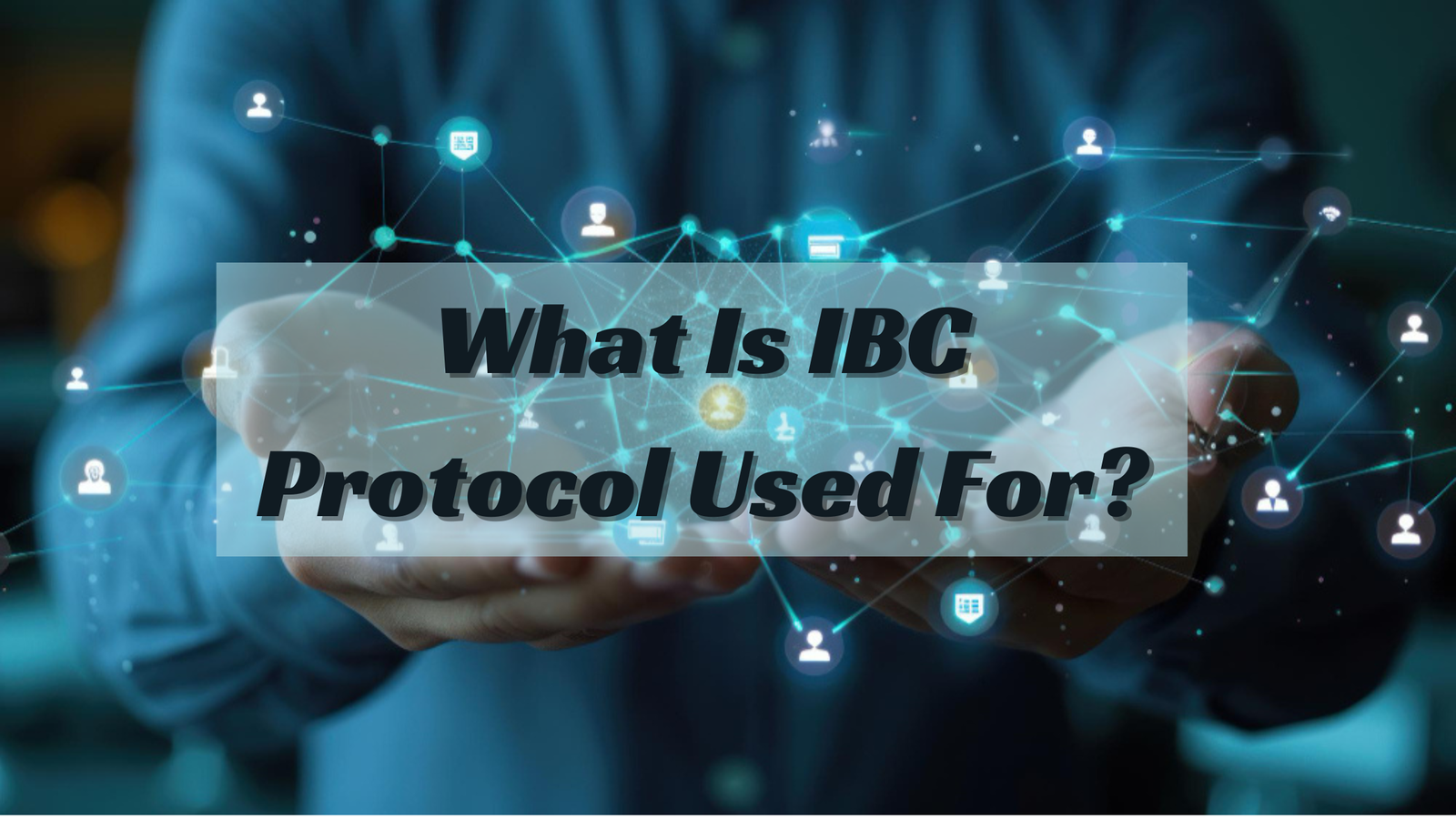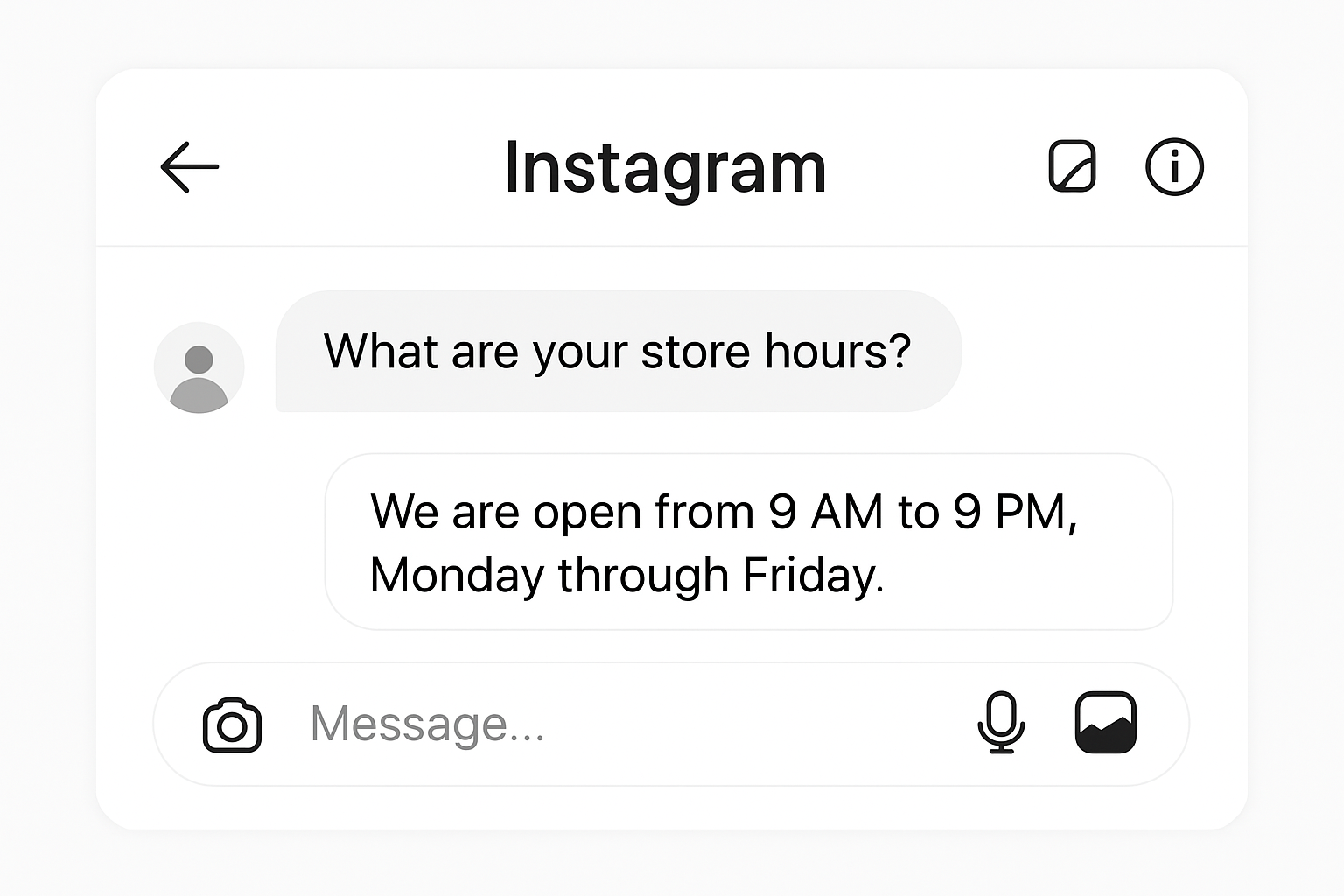What Is IBC Protocol Used For?
The global blockchain market is projected to generate revenue exceeding $248.9 billion by 2029, translating to greater adoption and application of different blockchain technologies. Being a dynamic and expansive field that undergoes constant evolution, blockchain technology finds more and more applications across different industries.
However, a crucial hurdle within this sector is the disconnection between disparate blockchains due to their independent network structures. This impediment obstructs the smooth communication of information exchange and asset transfers across networks. To address such a challenge lies Inter-Blockchain Communication (IBC) protocol as an intermediary, bridging these isolated blockchain entities into collaborative harmony.
In this article, we will be examining the complexities of the IBC protocol in great detail. We will focus on its features, practical applications, and how it may revolutionize blockchain technology.
Introducing the IBC Protocol:
The IBC protocol is a novel open-source concept streamlining communication among separate blockchain networks. It functions as a uniform language, enabling autonomous blockchains—named “zones” in the framework—to comprehend and communicate with one another. As such, it allows for activities like safe data sharing, token transfers between different blockchains, and even collaboration across apps constructed on disparate chains.
The IBC protocol operates with a two-tiered design. The Transport, Authentication, and Ordering (TAO) layer at the base ensures secure transmission, verification, and sequencing of exchanged data packets between blockchains. Moving up from this foundation lies the Application (APP) layer, which concentrates on performing specific tasks initiated by these packets, such as token transfer or executing innovative contract interactions in receiving blockchain systems.
Examining the Practical Applications of IBC: Harnessing its Potential

Using the IBC protocol expands the possibilities available in the blockchain arena. Its transformative potential is demonstrated through several vital applications, including Interchain Security, as one of the highly impactful IBC use cases that have the potential to transform blockchain technology.
The concept allows blockchains with limited security measures to benefit from established and well-resourced chains’ proven safety protocols. Consider an innovative blockchain that may have only a tiny validator set susceptible to outside attacks; this “consumer chain” can leverage Interchain Security’s power by borrowing the existing provider chain’s robust validation process supported by significant staked funds.
Information about validators, penalties for misconduct, and reward distribution seamlessly flow between the chains using IBC’s cross-chain validation protocol. This empowers the consumer chain to inherit the strength of the provider chain without needing to invest heavily in its validator infrastructure.
This innovative solution fosters a more secure and scalable future for all participants within the blockchain ecosystem, allowing new and niche blockchains to thrive without compromising security.
Everyday Use Cases Worth Mentioning
The IBC protocol leads the charge toward a future of multiple interconnected chains. Blockchains can work together rather than operating in isolation and benefit from each other’s capabilities. Consider this scenario: An exchange platform on one blockchain could use the security features of another blockchain to ensure the safe storage of assets.
- Improving DeFi applications: With the help of IBC’s features, decentralized finance applications can experience significant improvements. The availability to transfer assets and operate intelligent contracts across various blockchains gives users a broader range of DeFi services. Such an approach ensures improved interoperability, simplifies processes, and provides an overall streamlined user interface within the ecosystem.
- Streamlining cross-chain asset transfers: IBC makes transferring assets between various blockchains hassle-free. Users can confidently move tokens or other forms of digital assets across blockchain networks without needing centralized exchanges or intricate methods.
The IBC protocol facilitates the creation of dApps, allowing for enhanced functionality by leveraging multiple blockchains. As a result, dApps can offer increased robustness and versatility in their application landscape. A prime example involves supply chain management, where goods would be tracked across various blockchains to guarantee transparency and efficiency throughout all process stages.
The Bottom Line: Enabling a Connected Future for Blockchain with IBC
Blockchain technology is taking a significant step ahead of the IBC protocol. With its ability to connect and facilitate communication among previously divided blockchains, IBC clears the path for greater interconnectivity and compatibility in future endeavors. This innovation will open doors to an expanded array of applications, heighten safety measures, and ultimately improve user accessibility across all aspects of blockchain involvement.
The IBC protocol holds immense potential to transform the blockchain landscape as technology advances and adoption rates increase. Its seamless integration can revolutionize our utilization of decentralized applications and services, enabling a future where blockchains collaborate cohesively towards a more robust ecosystem.

















